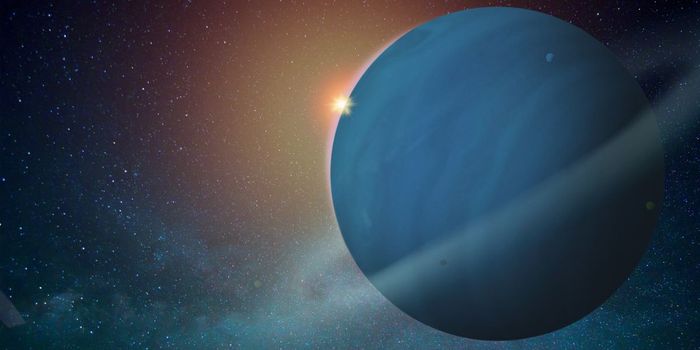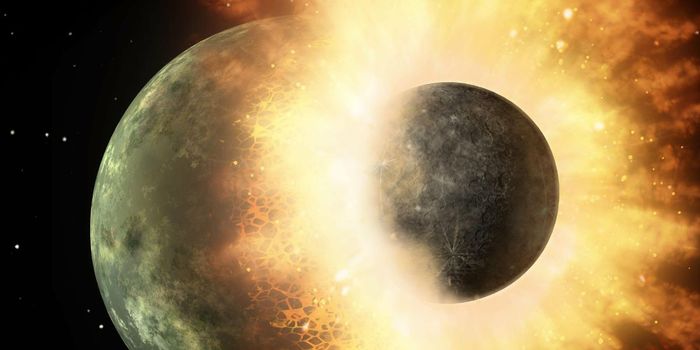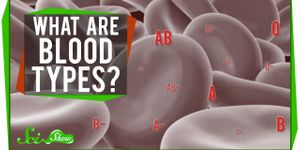Skin is the largest organ in the human body. It plays an important role as the barrier between your important internal organs and the outside world. The skin also regulates your body temperature. For examples, your skin tells your body to decrease the diameter of your blood vessels when you are cold. This reduces blood flow and causes your body to retain heat.
Unfortunately, our skin isn't perfect. Acne is a common problem and has to do with the sebaceous glands inside our pores. Sebaceous glands are microscopic exocrine glads in the skin that secrete an oil called sebum. Sebum lubricates the tiny hair follicles in our skin and waterproofs our skin. When the sebaceous glands produce too much oil and the pore's lining sheds dead skin cells unevenly, the issue lead the creation of a clogged hair follicle called a comedo. A comedo can be open (blackhead) or closed (whitehead) by the skin. When bacteria and even more oil get caught in the trapped blocked pore, it will appear red and then hard to the touch. If the area becomes infected, it will become inflamed. Your immune system will send white blood cells to fight off the infection, and fill the boil with pus. The pus is a collection of bacteria, immune cells, and protein. It causes the boil to soften. Eventually, the pus will drain out through the skin's surface.
Rashes mean the skin is inflamed and discolored. There are a colossal number of reasons why a person could have a rash. For instance, you could get a rash from being in contact with an allergen, like poison ivy. The ivy would cause T-lymphocytes in the blood to release chemicals to make your skin itch and inflame.
Moles are clusters of melanocytes, which produce melanin. Melanin is the pigment that gives color to human skin, hair, and eyes. People often fear that moles mean cancer, but that's not entirely true. Most moles don't equate to cancer. It's important to wear sunscreen to avoid skin cancer and to prevent deep wrinkles (the sun causes huge losses in collagen and elastin).








